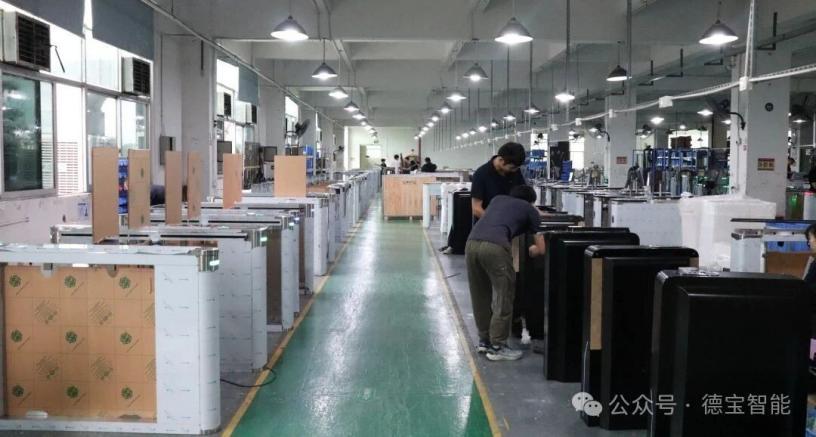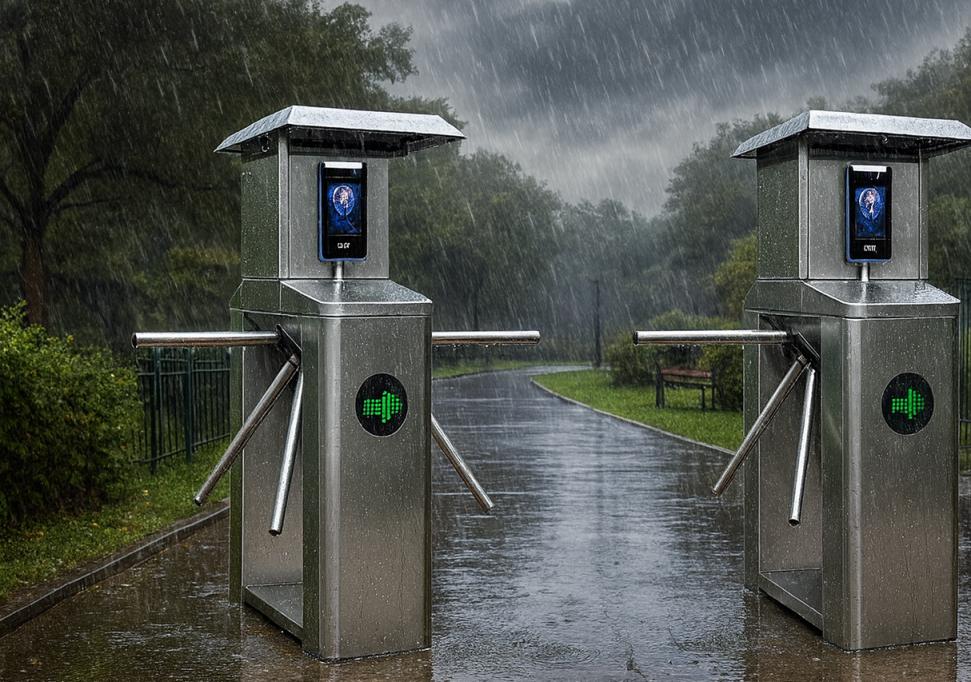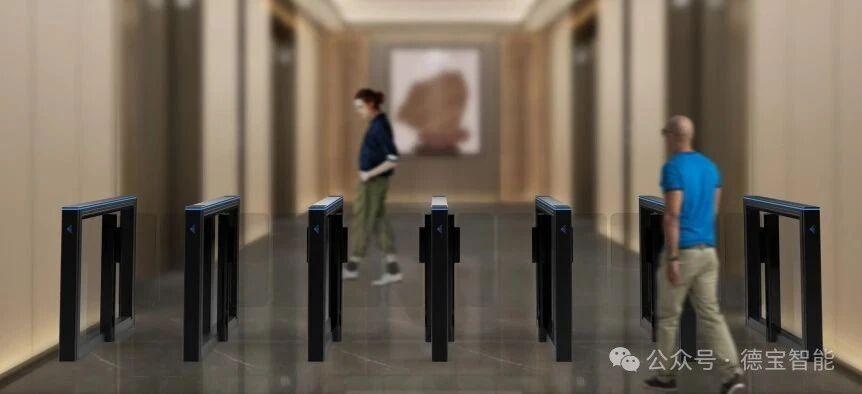Airport Security Turnstile Costs vs Passenger Experience

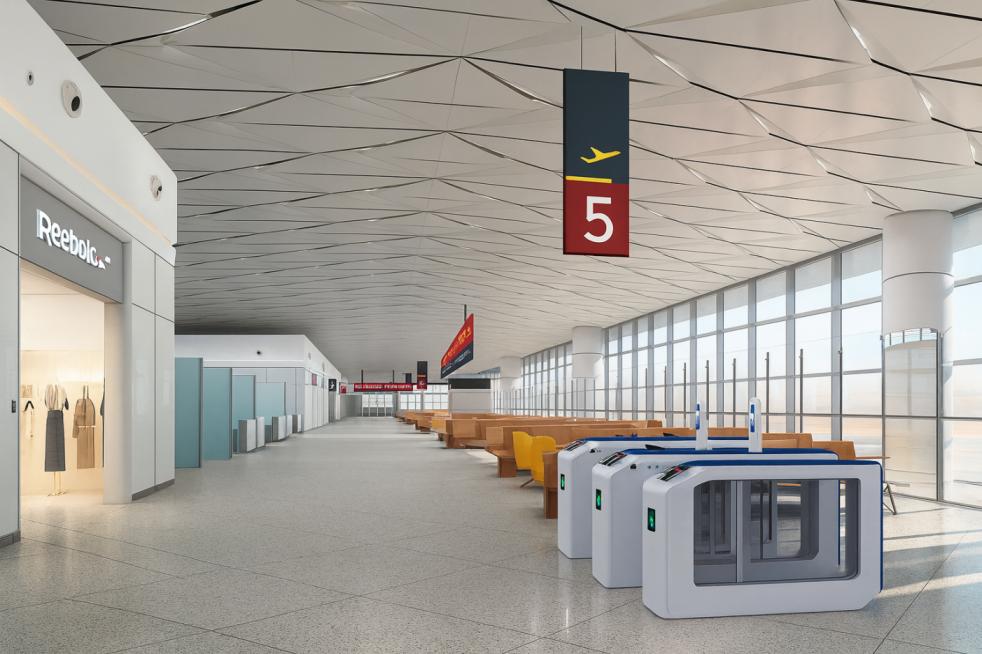
Airport Security Turnstile choices set the tone for your budget and for every journey. Each gate promises safety and flow. Each option adds cost. Passengers want calm and clarity. Operators need throughput and uptime. Finance needs proof of ROI. Where is the balance? When queues swell, small details become expensive. Noise, resets, and false rejects drain time. Smart modes and multi-credential support can reverse the trend. What if less friction also meant lower cost? From Turboo’s vantage point as a manufacturer, we sit at the junction of finance and operations: procurement teams look for predictable costs, while terminal managers fight for reliable flow and a calmer experience. Our view is straightforward: when reliability, usability, and safety lead design, cost and experience reinforce each other rather than collide.

The Real Cost of an Airport Security Turnstile
Price tags rarely tell the whole story. A modern Airport Security Turnstile carries installation, integration, maintenance, and training obligations over its full life. Less obvious expenses also creep in: downtime, false rejects, and inconsistent throughput. These moments are costly because they disrupt the line, pull staff away from high-value tasks, and chip away at passenger satisfaction.
At Turboo, we design to compress these long-tail costs. Quiet mechanics reduce perceived stress and lower wear. Stable drives and carefully matched components extend service life. Clear controls shorten training and reduce operator error. Automatic reset returns the lane to a locked, ready state when a traveler pauses too long, so staff don’t waste time performing manual recoveries. None of this is decorative; it is how total cost of ownership comes down without loosening security.
Airports also need flexibility. Requirements shift by season and flight bank, and a security lane has to adapt. An Airport Security Turnstile that supports open or closed modes, plus one-way or two-way credential reading, lets teams re-tune a zone in minutes. The result is resilience: one investment that works across different operating patterns and still feels consistent to travelers.
✅ Direct and Indirect Cost Drivers You Should Weigh
• Installation scope, software integration, and staff onboarding
• Scheduled maintenance cycles and component wear over time
• Throughput variability, error recovery, and false alarm handling
• Energy consumption, noise profile, and the quality of passenger handling
✅ Flexibility That Protects ROI
Configuration agility is not a luxury; it is a cost control tool. Being able to switch between open or closed operation, or between one-way and two-way reading, helps match capacity to demand. This reduces unnecessary lanes at off-peak periods and unlocks more lanes during surges. A well-designed Airport Security Turnstile earns its keep by being the right tool for more hours of the day.
Passenger Experience: Minutes, Emotions, and Trust
Experience is part timing, part feeling. People arrive at a checkpoint with different levels of familiarity and stress. An Airport Security Turnstile should guide rather than intimidate. Smooth motion signals safety. Clear “go” or “wait” indicators remove hesitation. Compatibility with common credentials prevents second-guessing at the reader. One extra second of confidence per traveler scales across an entire bank of departures.
Our engineering focuses on friction removal at each touchpoint. Infrared anti-clip protection helps prevent pinching when the gate opens or runs, building trust in the lane. Anti-reverse logic reduces awkward backtracking when someone makes a mistake. Anti-tail functions deter piggybacking without abrupt, jarring stops that feel unsafe. These behaviors are tuned to keep movement predictable – fast enough to maintain flow yet deliberate enough to feel secure.
What Travelers Notice
They notice noise – or the lack of it. They notice a gentle, predictable swing or slide. They notice when the light says “go” and the barrier agrees. They notice when a valid read stays valid long enough to pass, thanks to configurable memory/no-memory card logic. These details change the emotional temperature of the line. When the lane feels calm, questions drop, staff interventions fall, and the queue moves.
Airports run mixed ecosystems. Cards, codes, and face recognition often coexist, especially at self-boarding gates for airports shared by multiple carriers. That is why credential flexibility matters. A turnstile that works with IC/ID cards, scanning, and face recognition supports today’s realities and tomorrow’s upgrades. This protects procurement decisions from becoming obsolete and keeps the passenger experience uniform when credentials vary by airline or program.
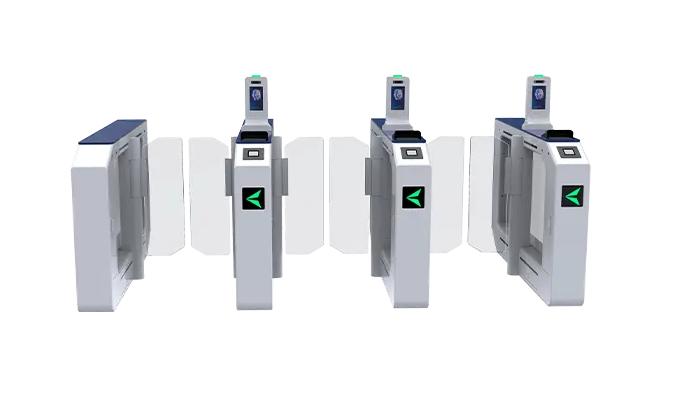
How Turboo Aligns Cost With Experience in Airport Security Turnstile Design
Turboo’s mission is practical: reduce avoidable downtime, simplify operations, and make each passage feel safe and smooth. Our design philosophy centers on reasonable and reliable engineering, not a grab bag of extras. Every function serves a measurable purpose in the lane.
First, the mechanics. Low-noise operation does more than please the ear; it reduces perceived risk and fatigue for both passengers and staff. Smooth actuation trims wear and extends service life. The result is fewer unexpected stoppages and more consistent throughput.
Second, the controls. Automatic reset brings the lane back to secure when a traveler hesitates beyond the configured time. That keeps lines moving and prevents awkward, uncertain standoffs. Memory/no-memory options let teams decide whether a valid credential should persist briefly during a pause or require a fresh read. This balances convenience with policy.
Third, the safeguards. Infrared anti-clip helps protect against pinching during motion. Anti-tail and anti-reverse logic maintain order without heavy-handed behavior. These protections reduce risk while keeping the interaction humane. They also cut error handling, which is one of the most expensive parts of daily operations.
Fourth, the modes. Open or closed operation and the choice of one-way or two-way reading allow real-time adaptation. A lane can be permissive during controlled boarding and more restrictive in sterile areas. The same hardware remains in service across scenarios, which is a direct win for lifecycle value.
Fifth, the ecosystem fit. Compatibility with IC/ID cards, scanning, and face recognition keeps integration straightforward and prepares for phased modernization. As biometric turnstile solutions expand, airports can layer new capabilities without ripping out existing lanes. This smooth migration path is often the difference between a pilot that stalls and a rollout that scales.
Finally, the human layer. Clear status cues and predictable motion reduce staff-passenger friction. Agents can focus on exceptions and assistance rather than routine resets. Communication improves because the lane itself does part of the explaining – quietly, consistently, and in real time.
In short, an Airport Security Turnstile should be judged not only by the invoice but by how it behaves during the million small moments that make up a day: the soft sounds, the steady movement, the clean hand-offs between person and machine. When those moments are designed well, cost curves bend downward and satisfaction curves trend upward.
Final Words
If you are ready to align total cost with a better traveler journey, talk to Turboo. Our team will review your flow, recommend lane configurations, and demonstrate how flexible modes, safety logic, and multi-credential support can lift throughput without raising stress. Let’s build a checkpoint where a well-designed Airport Security Turnstile does quiet, reliable work – and your passengers feel the difference.










